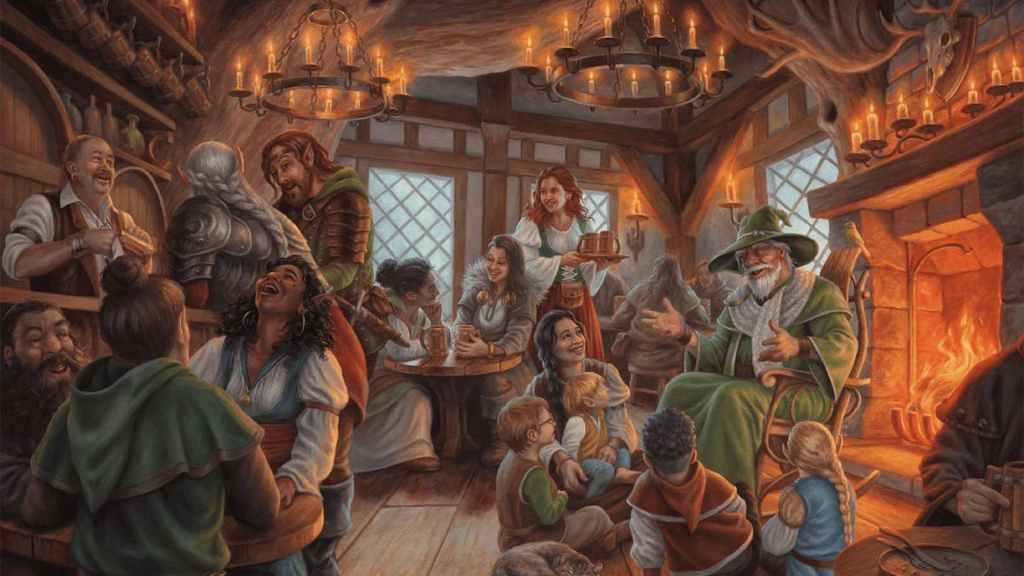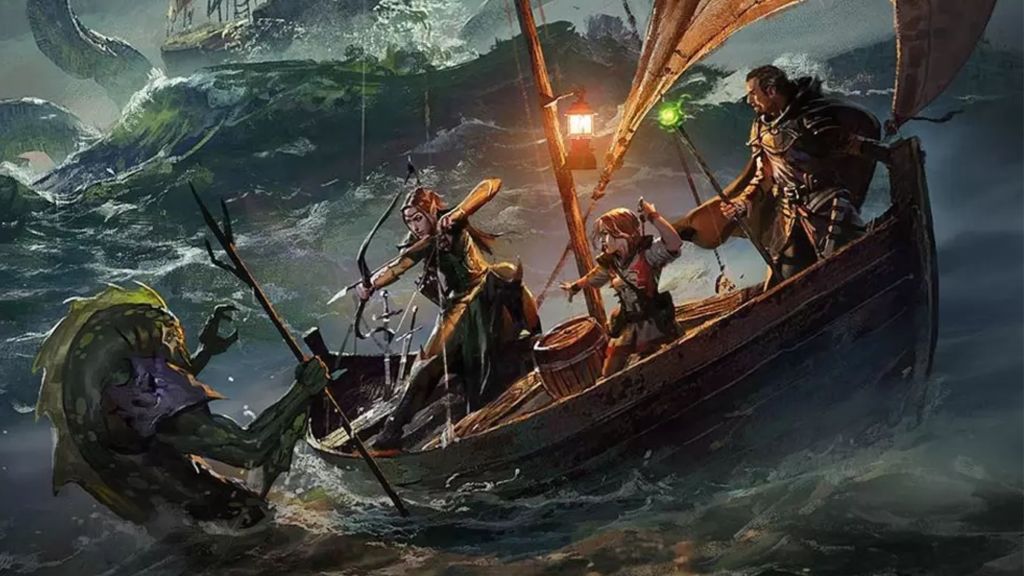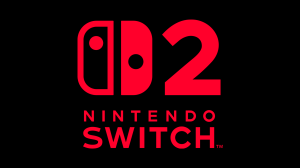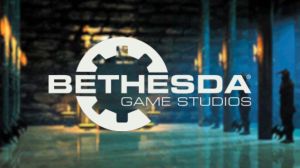Unlike a video game with fixed limitations on the number of players, TTRPGs like Dungeons & Dragons offer flexibility. In theory, you can have as few or as many players at the table as you like. But that doesn’t mean every party size is created equal. Pretty much D&D has excited, the question of the ideal party size has been a key point of conversation. New players and DMs alike want to know: how big is too big when it comes to a D&D group? The truth is, the answer is going to vary, but in this case, size does matter.
Videos by ComicBook.com
Every D&D table is going to need a Dungeon Master to run the game. The number there is typically one, though some parties have given co-DM status a try. But from there, things get trickier. Recent D&D texts have offered the option to run scenarios with just one player, but generally, you want a few PCs to round out a party. But when does a few PCs turn into a few too many? As someone who has rolled dice with parties big and small, I have developed some pretty strong opinions on the matter. Here’s how party size factors into the success or failure of a D&D campaign, and how to find the right fit.
Drawbacks of Too Many Players at the Table

For many D&D fans, finding enough interested parties to pull a game together can be the primary challenge. After all, scheduling the next session is the true final boss in D&D. But as the TTRPG has grown in popularity, the opposite problem can come into play. Sometimes, a friend tells a friend who has always wanted to try D&D, and suddenly, your party of 4 players has turned into 8. I’m speaking from experience here, as I once saw a great campaign slowly grow in player count until the whole thing fell apart entirely in part due to too many players at the table.
One of the biggest issues with having too many players in a D&D group, scheduling sessions aside, is combat. During combat, players each have a turn in the initiative. And while those turns represent 6 seconds in game time, they can take a while depending on the player. The more players you have, the longer it takes before the combat rolls back around to each person’s next turn. This can make it very hard to stay engaged as a player, and adds keeping everyone engaged to the DM’s plate.
The trouble is, you can’t really plan your next move in a combat when there are still several players’ turns ahead of yours. A lot can change between rounds, and that area of effect spell you had in mind might make sense during one turn, but become completely irrelevant the next. In this case, it gets easy to pull out the phone and disengage while waiting for the battle situation to be relevant enough for you to actually plan your next move.
Even outside combat, too many voices at the table can make it hard for a party to move forward. It might take longer to decide next steps, depending on how engaged and outspoken each player is. Have too many would-be party leaders at the table, and suddenly, the party’s next move can take a full session to hash out. This is frustrating for players, but it can also be a nightmare for a DM who needs the party to determine its next move before they can prep.
It’s also hard to juggle multiple player characters when crafting a solid story. A DM might want to add in callbacks to each character’s backstory, but that gets hard to do if there are too many characters to juggle. That said, how many is too many is largely going to depend.
Your Ideal Party Size Will Vary, But It Does Matter

As much as I’d love to give you the exact right number of players, the truth is, it varies. The right group dynamic is going to depend on who is at the table as much as how many people are seated there. Some DMs will also be more comfortable juggling larger numbers of player characters than others.
That said, there are a few things to consider when thinking about the right party size. Of course, physical space does come into play. Who is hosting the sessions, and how much space do they actually have at the table? If not everyone can easily see the map during combat, or have space to roll their dice, you’ve got a logistical problem before you even begin.
But party chemistry is also a factor. If you have several seasoned players who are going to have strong opinions about everything, fewer players may be best so everyone can have their say. Meanwhile, a group of mostly beginners or more “go with the flow” types of players may be able to accommodate more PCs because not everyone will necessarily want or need time for extensive roleplay monologues. If you’ve got a group that gets along well, it may not matter as much if the size is a bit larger than what others might consider an ideal party. In fact, sometimes that new addition is precisely the ingredient your party was previously missing.
Having too few players can also be an issue, of course. It’s pretty hard to run a session with just the DM and 1 or 2 other players present. In that case, smaller groups can make it harder to keep the momentum going when someone has to miss. It can also be tricky to balance combat and to keep the story engaging with too few PCs in the mix. A well-rounded party generally needs a few different classes to be effective, and that’s trickier to comeby without enough people at the table.
Ultimately, the perfect D&D group size is going to depend. In my experience, about 5-6 people feels best. That’s one DM and 4-5 player characters. This feels like the right mix in most situations, as it lets you have a well-rounded party but still move back to each player’s turn fairly quickly in combat. That said, smaller or larger groups can work if you have the right mix of players at the table and the right DM to keep everyone engaged.
How to Manage A Larger Party to Keep Players Engaged

So, if you do have a larger party, what can you do to keep things fun for everyone? As a DM running the story, this can often feel like your responsibility. But remember, it’s partly up to the players to stay engaged. If someone at the table is always pulling out their phone or starting up side conversations, that isn’t really on the DM so much as on the player. Even so, there are a few things to keep in mind with larger parties.
For starters, think about how you can balance combat to keep it engaging for everyone. Consider adding challenges that don’t consist of just a longer list of monsters (more turns in initiative). That way, players have more to strategize about, which can help maintain interest even when there are more turns to get through during combat.
Storytelling and roleplay opportunities are key for larger groups, as well. When I played with a group of 8, our DM did a great job of making sure to find story reasons for each player character to speak up. This helped us all remember to share space at the table and allow room for everyone to build the story.
Logistics are important here, too. Think of ways to manage one or two characters being absent during certain sessions, which is almost certainly going to happen when juggling disparate schedules. Consider a visual combat tracker to make it easy to see when the next round of combat will come up. Using a map and minis is helpful here too, as it helps with staying current on complicated scenarios with lots of moving pieces.
At the end of the day, D&D is about crafting a fun story with friends. How many friends you can fit at the table is going to depend, but finding the right group size can really help keep that campaign going.
What’s your ideal party size for Dungeons & Dragons? Leave a comment below and join the conversation now in the ComicBook Forum!









